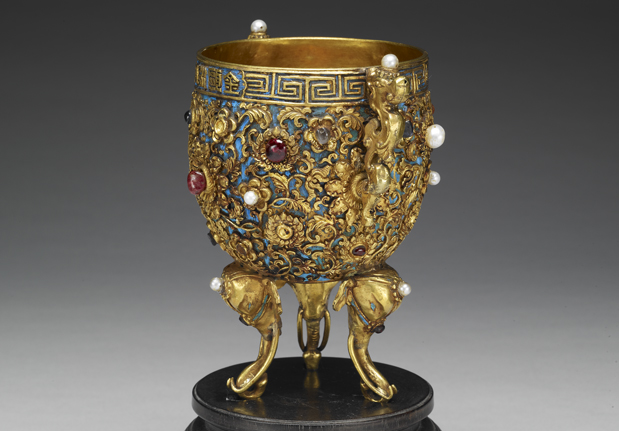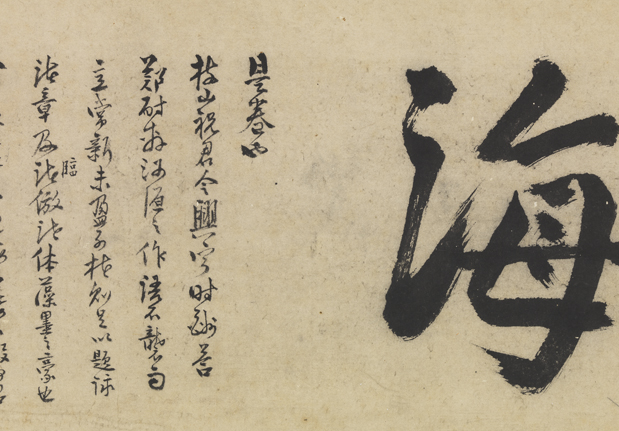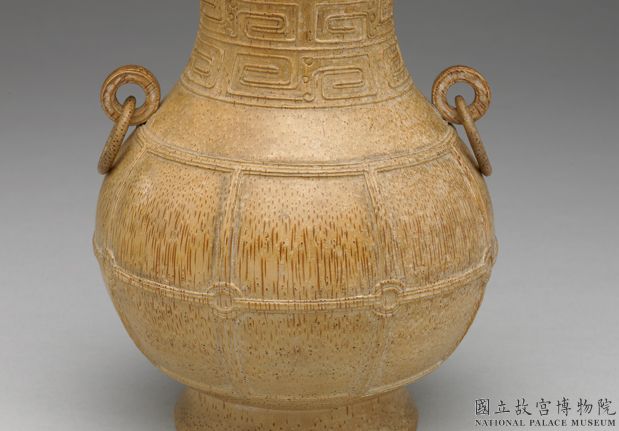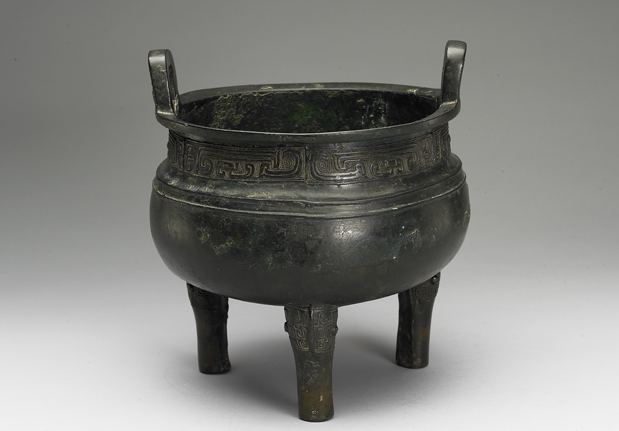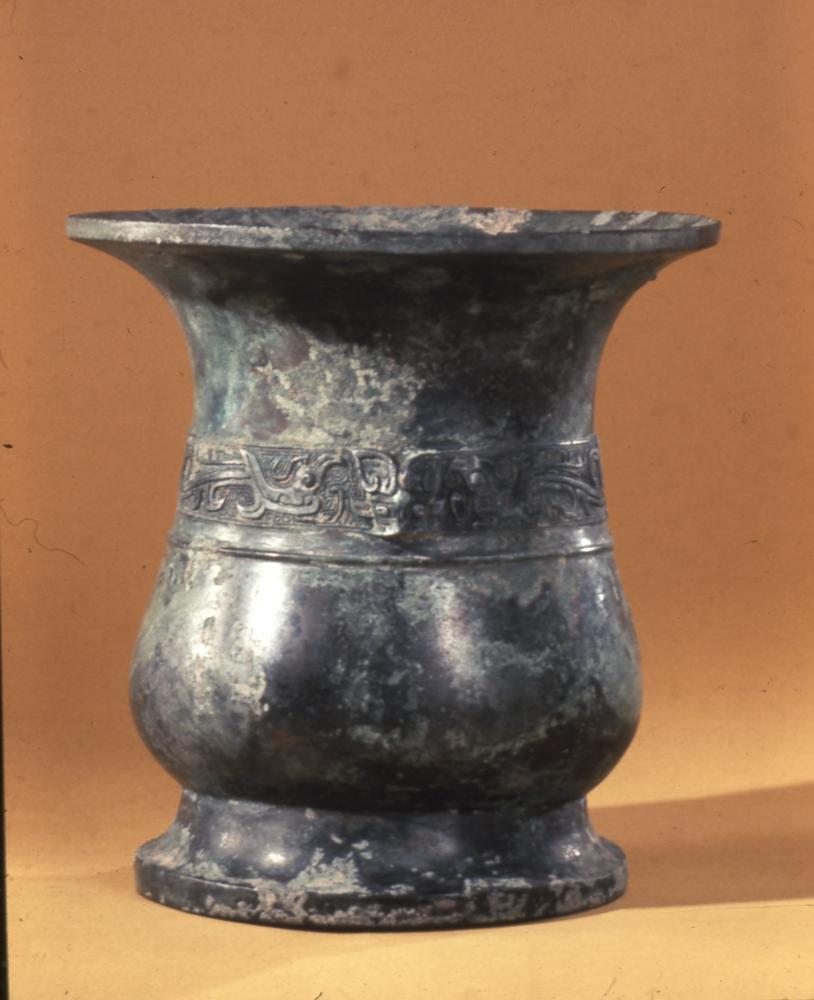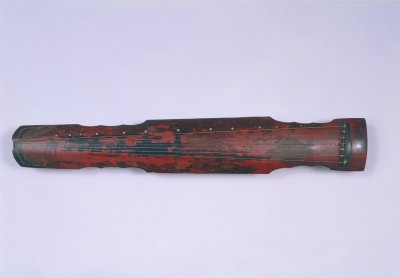Period:Unknown Production date:1730 (c.)
Materials:porcelain, gold,
Technique:painted, glazed, gilded,
Subjects:flower child
Dimensions:Diameter: 25.20 centimetres
Description:
Two plates; porcelain; octagonal; painted in enamels, and gilded in the Japanese Kakiemon style; in the centre the Chinese story of Sima Guang rescuing the boy in the vase (one figure pulls boy out of vase while another looks on); border of formal flowers and broken line along rim edge; maker’s marks.
IMG
![图片[1]-plate BM-Franks.28-China Archive](https://chinaarchive.net/Unknown/Ceramics/mid_01171524_001.jpg)
![图片[2]-plate BM-Franks.28-China Archive](https://chinaarchive.net/Unknown/Ceramics/mid_BM_Meissen_Reserve__65_MCN16056.jpg)
![图片[3]-plate BM-Franks.28-China Archive](https://chinaarchive.net/Unknown/Ceramics/mid_BM_Meissen_Reserve__22_MCN16056.jpg)
![图片[4]-plate BM-Franks.28-China Archive](https://chinaarchive.net/Unknown/Ceramics/mid_BM_Meissen_Reserve__24_MCN16056.jpg)
![图片[5]-plate BM-Franks.28-China Archive](https://chinaarchive.net/Unknown/Ceramics/mid_00296561_001.jpg)
Comments:There are dishes with the same motif in the Rijkmusuem Amsterdam,. Den Blaauwen, 2000, lists other examples, referring to the motif as based on the story of Shiba Onkô. Ayers, Impey & Mallet 1990With panelled sides and flat rim with upturned lip lined in brown. It is painted in enamels closely after a Kakiemon original with a scene illustrating the ‘Hob-in-the-Well’ story. On the rim is a formal border of blooms and foliage.This is perhaps the best known of the various designs on Kakiemon dishes brought to Europe and subsequently copied there. It tells the story of the 11th century Chinese statesman Sima Guang, who as a child is reputed to have been very quick-witted. When a friend was drowning in a large pottery jar he picked up rocks and casting them at the jar, smashed it, thus allowing the water to escape and his friend to survive. This story was popular in Japan in the late 17th century where he was known as Shiba Onko.For the Japanese original, see No. 122. It was copied also by Dutch enamellers (see C. J. A. Jörg, 1984, No. 80) and in England, where the design acquired its popular title: see the Chelsea example No. 193.
Materials:porcelain, gold,
Technique:painted, glazed, gilded,
Subjects:flower child
Dimensions:Diameter: 25.20 centimetres
Description:
Two plates; porcelain; octagonal; painted in enamels, and gilded in the Japanese Kakiemon style; in the centre the Chinese story of Sima Guang rescuing the boy in the vase (one figure pulls boy out of vase while another looks on); border of formal flowers and broken line along rim edge; maker’s marks.
IMG
![图片[1]-plate BM-Franks.28-China Archive](https://chinaarchive.net/Unknown/Ceramics/mid_01171524_001.jpg)
![图片[2]-plate BM-Franks.28-China Archive](https://chinaarchive.net/Unknown/Ceramics/mid_BM_Meissen_Reserve__65_MCN16056.jpg)
![图片[3]-plate BM-Franks.28-China Archive](https://chinaarchive.net/Unknown/Ceramics/mid_BM_Meissen_Reserve__22_MCN16056.jpg)
![图片[4]-plate BM-Franks.28-China Archive](https://chinaarchive.net/Unknown/Ceramics/mid_BM_Meissen_Reserve__24_MCN16056.jpg)
![图片[5]-plate BM-Franks.28-China Archive](https://chinaarchive.net/Unknown/Ceramics/mid_00296561_001.jpg)
Comments:There are dishes with the same motif in the Rijkmusuem Amsterdam,. Den Blaauwen, 2000, lists other examples, referring to the motif as based on the story of Shiba Onkô. Ayers, Impey & Mallet 1990With panelled sides and flat rim with upturned lip lined in brown. It is painted in enamels closely after a Kakiemon original with a scene illustrating the ‘Hob-in-the-Well’ story. On the rim is a formal border of blooms and foliage.This is perhaps the best known of the various designs on Kakiemon dishes brought to Europe and subsequently copied there. It tells the story of the 11th century Chinese statesman Sima Guang, who as a child is reputed to have been very quick-witted. When a friend was drowning in a large pottery jar he picked up rocks and casting them at the jar, smashed it, thus allowing the water to escape and his friend to survive. This story was popular in Japan in the late 17th century where he was known as Shiba Onko.For the Japanese original, see No. 122. It was copied also by Dutch enamellers (see C. J. A. Jörg, 1984, No. 80) and in England, where the design acquired its popular title: see the Chelsea example No. 193.
© Copyright
The copyright of the article belongs to the author, please keep the original link for reprinting.
THE END
